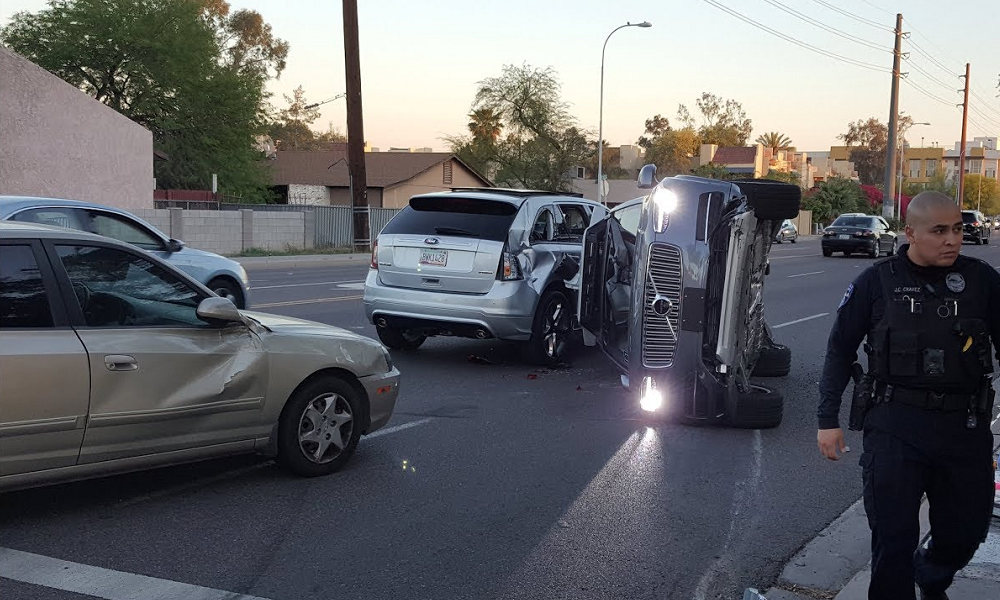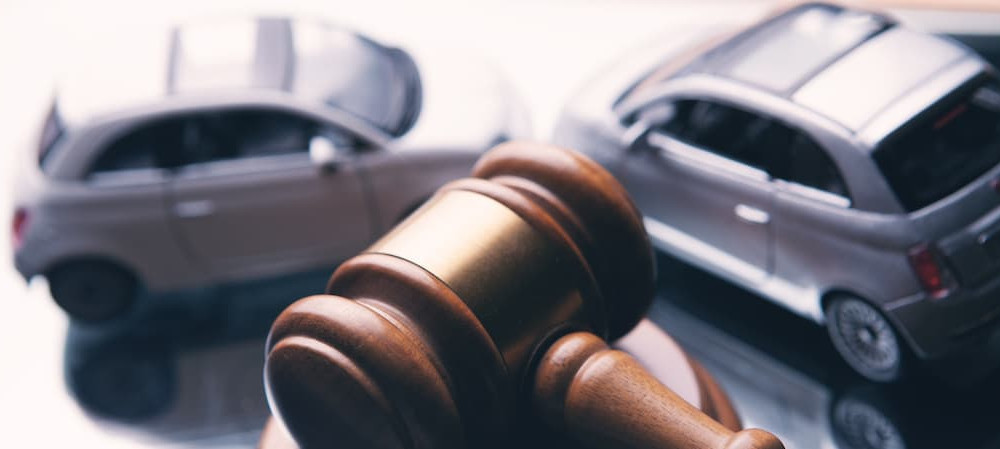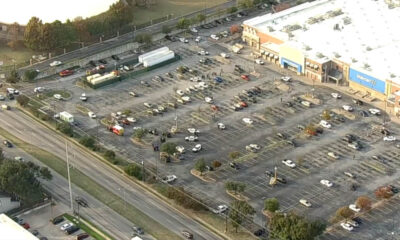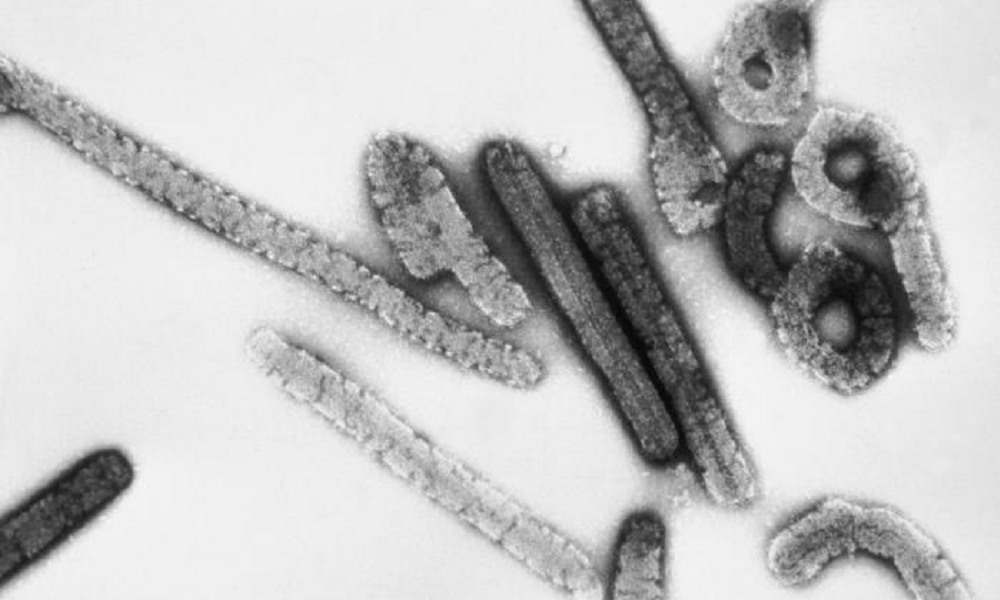Reviews
Who is Responsible For a Side-Swipe Car Accident in NJ?

Side-swipe car accidents can be frightening and unpredictable. One moment you’re driving smoothly, and the next, you feel a sudden jolt as another car brushes up against the side of your vehicle. These unexpected collisions can occur anywhere, from congested highways to quiet neighborhood streets, and even in parking lots.
In New Jersey, determining who is responsible for a side-swipe car accident is crucial for deciding liability and who will cover damages, medical expenses, and other related costs. This determination directly impacts insurance claims, potential lawsuits, and ultimately, your financial well-being.
What is a Side-Swipe Accident?
A side-swipe car accident occurs when two vehicles are driving parallel to each other, and one car moves out of its lane and hits the side of the other car. These accidents often happen during lane changes or merges, when one driver fails to notice the other vehicle beside them. Side-swipes can result in anything from minor scrapes to more serious accidents involving loss of control and collisions with other vehicles or objects.
Even if the damage seems minor, side-swipe accidents can lead to injuries or hidden vehicle issues that may not be immediately obvious.
What are the Common Causes of Side-Swipe Accidents in NJ
Several factors can contribute to side-swipe accidents. Some of the most common causes include:
Distracted Driving
Side-swipe accidents often occur when drivers are distracted. Common distractions include using phones, eating or drinking, and talking to passengers. Staying focused on the road is crucial to preventing these collisions.
Improper Lane Changes
Side-swipe accidents often happen when drivers change lanes unsafely. This can occur when drivers forget to check their blind spots, fail to use their turn signal, or change lanes too quickly.
Merging Errors
Side-swipe accidents often happen when cars are merging onto highways. Drivers might misjudge how much space they have or how fast other cars are going.
New Jersey’s “Comparative Negligence” Rule
New Jersey uses something called “comparative negligence” when deciding who’s responsible for an accident. This means that each driver can be assigned a percentage of fault. Here’s how it works:
- If you’re less than 50% responsible, you can still get money for damages.
- The amount you get is reduced by your percentage of fault.
- If you’re more than 50% responsible, you can’t get any money for the accident.
For example, if you’re found to be 30% at fault for a side-swipe accident, and the total damages are $10,000, you could only get $7,000 (70% of the total).
Can You Recover Damages in a Side-Swipe Accident?
If you’re hurt or your vehicle is damaged in a side-swipe accident, you may be able to get compensation. This includes money for medical bills, lost wages, and vehicle repairs. You may also be able to recover damages for pain and suffering. A personal injury lawyer can help you understand what you’re eligible for.
If you’re unsure about what compensation you’re entitled to, contact a personal injury law firm in NJ such as Rosengard Law Group specializes in car accident cases in New Jersey. They can help you understand your rights and determine the best course of action. For more information, click here to visit Rosengard Law Group’s website on how they can assist you with your side-swipe accident case. They can also help you deal with insurance companies and make sure you get fair treatment.

How Is Fault Determined in a New Jersey Side-Swipe Accident?
In New Jersey, figuring out who’s responsible for a side-swipe accident can be tricky. Usually, the driver who leaves their lane and hits another car is at fault. But it’s not always that simple. Sometimes both drivers might share the blame. To figure out who’s at fault in a side-swipe accident, people look at things like:
The Lane-Changing Driver
If a driver changes lanes and hits another car, they’re often responsible. Why? Because in New Jersey, drivers must make sure it’s safe before changing lanes. If they don’t look carefully or signal properly, they could be found at fault.
The Drifting Driver
Sometimes a driver might drift out of their lane without meaning to. This could happen if they’re tired, distracted, or not paying attention. In these cases, the drifting driver is usually responsible for the sideswipe.
Shared Responsibility
In some situations, both drivers might be partly to blame. For example, if two drivers try to merge into the same lane at the same time, they might both be responsible for the accident.
How to Prove Fault in a Side-Swipe Accident
Proving fault in a side-swipe accident can be challenging, especially when both drivers disagree. To establish responsibility, gather evidence such as eyewitness testimony from drivers, pedestrians, or passengers, dash cam footage from either vehicle and police reports detailing the accident and officer’s opinion.
Additionally, physical evidence like photos of damage, vehicle positions, and skid marks can also help prove who caused the accident. Collecting these key pieces of evidence will help build a strong case to determine fault.
Conclusion
Determining who is responsible for a side-swipe car accident in New Jersey depends on who made the unsafe move, whether that’s changing lanes without looking or failing to yield. Taking the right steps after the accident, such as gathering evidence and seeking legal help, can protect your rights and ensure you receive the compensation you deserve.

-

 World3 days ago
World3 days agoEthiopian volcano erupts for first time in thousands of years
-

 Legal1 week ago
Legal1 week agoMichigan man JD Vance sentenced to 2 years for threatening Trump and JD Vance
-

 Legal1 week ago
Legal1 week agoWoman in critical condition after being set on fire on Chicago train
-

 World1 week ago
World1 week agoHurricane Melissa registered 252 mph wind gust, breaking global record
-

 Legal6 days ago
Legal6 days agoSuspect in San Diego stabbing shot by authorities after fleeing into Mexico
-

 Legal1 week ago
Legal1 week ago1 dead, 2 injured in shooting at Dallas Walmart parking lot
-

 Legal6 hours ago
Legal6 hours agoUtah Amber Alert: Jessika Francisco abducted by sex offender in Ogden
-

 Health6 days ago
Health6 days agoMarburg virus outbreak in Ethiopia grows to 6 confirmed cases




